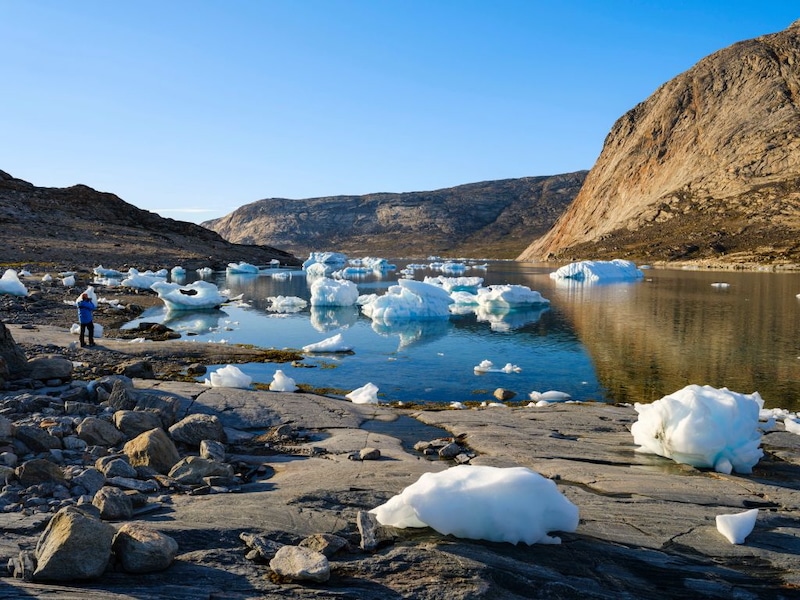This post was originally published on Eco Watch
According to the United States National Oceanic and Atmospheric Administration (NOAA)’s 2024 Arctic Report Card, tundra in the Arctic is becoming a net source of carbon dioxide, rather than the climate-beneficial carbon sink it has been for millennia.
This year was the second warmest in the Arctic, based on data dating back to 1900, the report said. Across the region, temperatures from October 2023 to September 2025 were 1.20 degrees Celsius above the average for 1991 to 2020, a press release from NOAA said.
“The Arctic continues to warm at a faster rate than the global average. The 2024 Arctic Report Card highlights record-breaking and near-record-breaking observations that demonstrate dramatic change, including Arctic tundra transformation from carbon sink to carbon source, declines of previously large inland caribou herds, and increasing winter precipitation,” NOAA said. “Adaptation is increasingly necessary and Indigenous Knowledge and community-led research programs are essential to understand and respond to rapid Arctic changes.”
The Arctic autumn of 2023 was the second warmest ever recorded, while this summer was the third warmest — as well as the wettest — across the Arctic. The past nine years were also the Arctic’s nine warmest on record.
An early August heatwave set a daily all-time temperature record in several communities in northern Canada and Alaska.
Precipitation in the Arctic has been increasing since 1950, with the most pronounced surges occuring in winter.
“Our observations now show that the Arctic tundra, which is experiencing warming and increased wildfire, is now emitting more carbon than it stores, which will worsen climate change impacts,” said NOAA Administrator Rick Spinrad, as The Guardian reported.
High-latitude wildfires are also becoming more intense due to human-caused climate change. Wildfires release carbon into the atmosphere through the burning of vegetation and the organic matter stored in soils. The fires strip soils of their insulating layers, which speeds up long-term permafrost thaw, along with the release of associated carbon emissions.
“In recent years, we’ve seen how increasing fire activity from climate change threatens both communities and the carbon stored in permafrost, but now we’re beginning to be able to measure the cumulative impact to the atmosphere, and it’s significant,” said Dr. Brendan Rogers, a scientist with the Woodwell Climate Research Center who contributed to the report, as reported by The Guardian.
When permafrost thaws, microbes decompose its carbon stores, releasing greenhouse gases, including methane.

“We need accurate, holistic and comprehensive knowledge of how climate changes will affect the amount of carbon the Arctic is taking up and storing, and how much it’s releasing back into the atmosphere, in order to effectively address this crisis,” said Dr. Sue Natali, a Woodwell Center scientist who also contributed to the research. “This report represents a critical step toward quantifying these emissions at scale.”
Currently, Arctic temperatures are warming as much as four times faster than the worldwide average. The report found that this is the 11th consecutive year warming in the Arctic has been happening more rapidly than the global rate.
“The climate catastrophe we’re seeing in the Arctic is already bringing consequences for communities around the world,” said Brenda Ekwurzel, a climate scientist with the Union of Concerned Scientists, as The Guardian reported. “The alarming harbinger of a net carbon source being unleashed sooner rather than later doesn’t bode well. Once reached, many of these thresholds of adverse impacts on ecosystems cannot be reversed.”
The post Arctic Tundra Goes From Carbon Sink to Carbon Source for the First Time in Millennia: NOAA Report appeared first on EcoWatch.





0 Comments